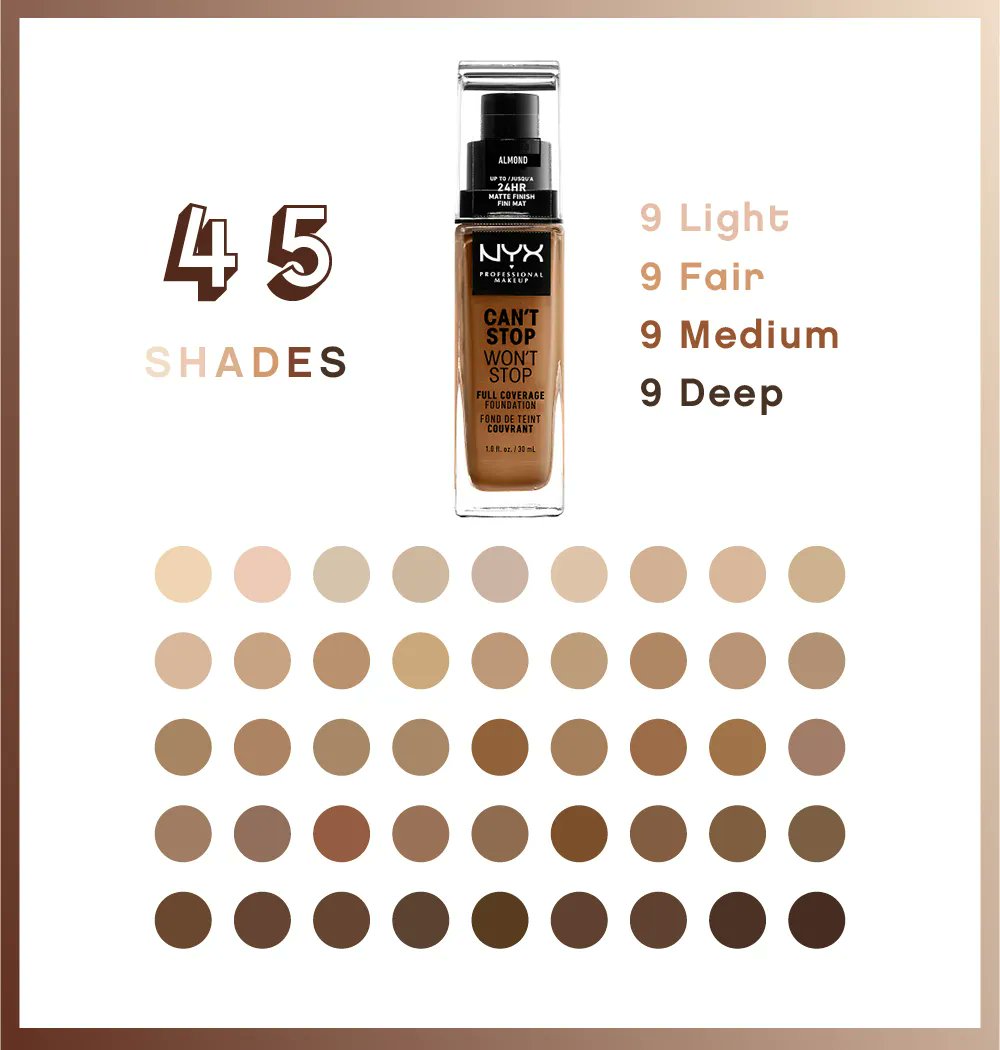
Rihanna was the first female billionaire to perform a Super Bowl half-time show.
What you probably don't realize is most of her money didn't come from music.
Here are 5 lessons any entrepreneur can learn from the Barbadian icon:
What you probably don't realize is most of her money didn't come from music.
Here are 5 lessons any entrepreneur can learn from the Barbadian icon:

In 2017, Rihanna launched Fenty Beauty, a brand now worth >$2.8 billion.
Fenty's success is mindblowing. Some stats:
• Rihanna's stake is worth $1.4 billion
• $550 million in sales in Year 1
• Doubled revenue in 2022
• #fentybeauty has 2.2 billion views on TikTok
Fenty's success is mindblowing. Some stats:
• Rihanna's stake is worth $1.4 billion
• $550 million in sales in Year 1
• Doubled revenue in 2022
• #fentybeauty has 2.2 billion views on TikTok

So how did Fenty get so big so quickly?
And how can you apply these learnings?
Keep reading for:
1) Power of deal structure
2) What makes creator brands successful
3) Build for large, forgotten audiences
4) Create a movement
5) Be okay with strikeouts & singles
And how can you apply these learnings?
Keep reading for:
1) Power of deal structure
2) What makes creator brands successful
3) Build for large, forgotten audiences
4) Create a movement
5) Be okay with strikeouts & singles
Rihanna launched Fenty Beauty at 29.
The cosmetics brand was developed with Kendo, LVMH's incubator, and first went on sale in LVMH-owned Sephora stores.
LVMH paid ~$10 million to do the deal & ownership of the brand is split 50% LVMH, 50% Rihanna.
The cosmetics brand was developed with Kendo, LVMH's incubator, and first went on sale in LVMH-owned Sephora stores.
LVMH paid ~$10 million to do the deal & ownership of the brand is split 50% LVMH, 50% Rihanna.

But before we talk about the product, let's discuss the deal structure.
Because of her equity upside in Fenty, nearly 80% of Rihanna's $1.8 billion net worth comes from the beauty brand.
Keep reading for a mind-blowing comparison...
Because of her equity upside in Fenty, nearly 80% of Rihanna's $1.8 billion net worth comes from the beauty brand.
Keep reading for a mind-blowing comparison...

Take Nike's Jordan Brand.
Since 1984, his rookie year, Michael Jordan has pocketed 5% of all Jordan sales.
That's $10-12 per shoe.
In 2022, Jordan did $5.1 billion in revenue, earning him ~$256.1 million.
MJ is doing just fine, but imagine if he had Rihanna's economics!
Since 1984, his rookie year, Michael Jordan has pocketed 5% of all Jordan sales.
That's $10-12 per shoe.
In 2022, Jordan did $5.1 billion in revenue, earning him ~$256.1 million.
MJ is doing just fine, but imagine if he had Rihanna's economics!

Okay back to RiRi.
Why did Fenty 📈 when other creator brands 📉?
3 words: creator-market fit.
Rihanna is a fashion icon.
- 2011: announced fashion venture with Armani
- 2014: named Creative Director of Puma
- 2015: named new face of Dior
Fenty is authentically Rihanna.
Why did Fenty 📈 when other creator brands 📉?
3 words: creator-market fit.
Rihanna is a fashion icon.
- 2011: announced fashion venture with Armani
- 2014: named Creative Director of Puma
- 2015: named new face of Dior
Fenty is authentically Rihanna.

But here's a spicy take.
Fenty would have succeeded regardless of Rihanna.
Because it's a 10x product for a large, forgotten audience.
Fenty disrupted an underrepresented cosmetics industry by launching products with 40+ shades.
The brand finally offered "Beauty for All."
Fenty would have succeeded regardless of Rihanna.
Because it's a 10x product for a large, forgotten audience.
Fenty disrupted an underrepresented cosmetics industry by launching products with 40+ shades.
The brand finally offered "Beauty for All."

Fenty didn't just solve a big problem.
It created a global movement: "The Fenty Effect."
Following its "Beauty for All" campaign & launch of inclusive makeup, Fenty created a chain reaction of inclusive beauty.
CoverGirl, Dior, and others began carrying 40+ shades of makeup.
It created a global movement: "The Fenty Effect."
Following its "Beauty for All" campaign & launch of inclusive makeup, Fenty created a chain reaction of inclusive beauty.
CoverGirl, Dior, and others began carrying 40+ shades of makeup.

If you're reading this & thinking: "Everything went right, Rihanna must have caught lightning in a bottle."
You would be wrong.
Rihanna has been trying her hand at business since she launched her first fragrance, Reb'l Fleur, in
January 2011.
Don't believe me?
You would be wrong.
Rihanna has been trying her hand at business since she launched her first fragrance, Reb'l Fleur, in
January 2011.
Don't believe me?
'05: starts Westbury Road
'05: deal w/ Secret
'11: face of Nivea/Vita Coco
'12: first TV show
'13: MAC collab
'15: co-owner of Tidal
'15: starts Fr8me, beauty agency
'16: Puma collab
She's taken many at-bats, some strikeouts, some singles, all of which informed Fenty's success.
'05: deal w/ Secret
'11: face of Nivea/Vita Coco
'12: first TV show
'13: MAC collab
'15: co-owner of Tidal
'15: starts Fr8me, beauty agency
'16: Puma collab
She's taken many at-bats, some strikeouts, some singles, all of which informed Fenty's success.

Want more?
1) Follow @businessbarista for more fascinating business case studies.
2) Check out The Crazy Ones, where @jspujji & I analyze Rihanna's entire business career & lessons entrepreneurs can learn:
Listen: link.chtbl.com/DYlut_VA
Watch: bit.ly/3Eq5Q7K
1) Follow @businessbarista for more fascinating business case studies.
2) Check out The Crazy Ones, where @jspujji & I analyze Rihanna's entire business career & lessons entrepreneurs can learn:
Listen: link.chtbl.com/DYlut_VA
Watch: bit.ly/3Eq5Q7K
• • •
Missing some Tweet in this thread? You can try to
force a refresh





